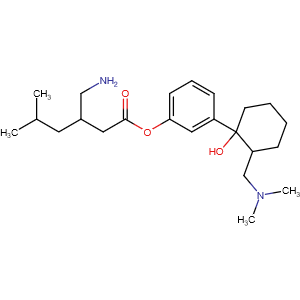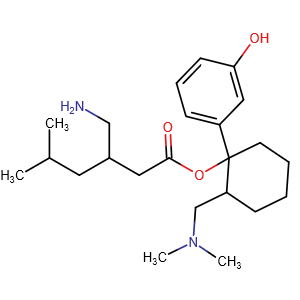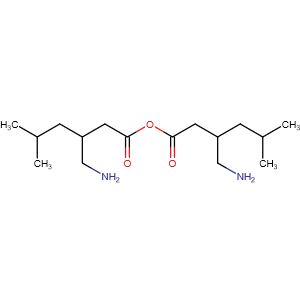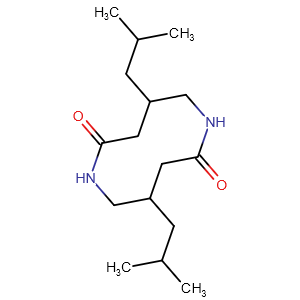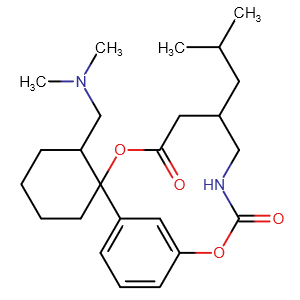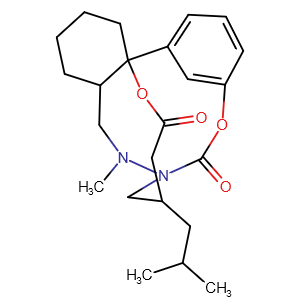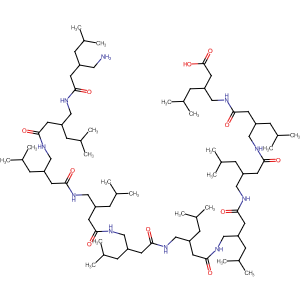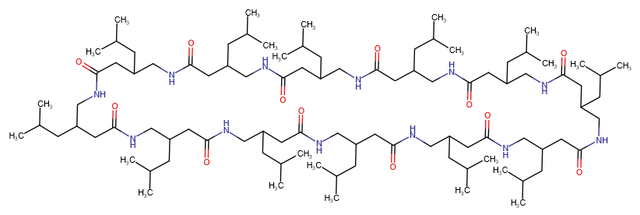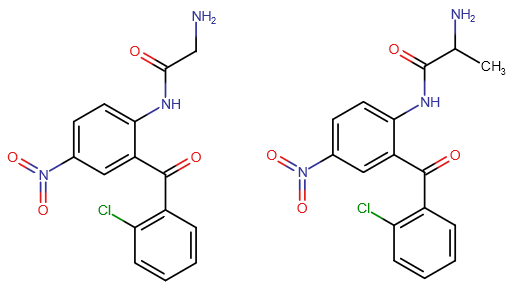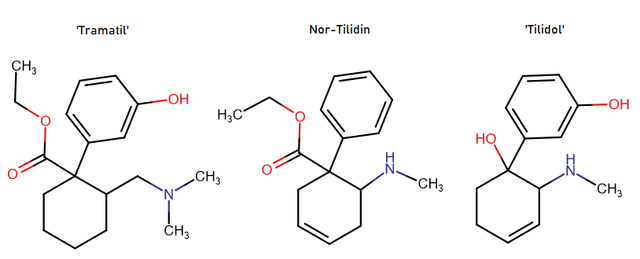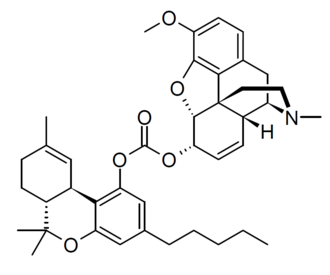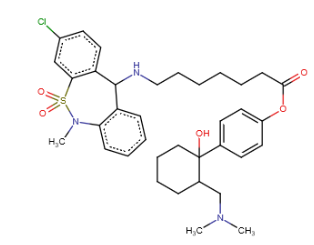Hi. I found this on an anonymous message board and thought maybe it might be relevant if ridiculous.
"
Sweet Nothings
Anonymous, freely given CC0 public domain
An idiot layman, a hack and a dupe,
loves broadly and deeply, so here is the scoop:
I can't know for certain, but may surely surmise
That among the great learned, some surely are wise.
Preface: I know nothing of chemistry or drug design, but sometimes you got to mix it up and make a fool of yourself. Some of these probably don't work, some of them are probably lackluster and suck, and some will probably have you on a magic carpet ride at the correct dose. Caveat emptor. These are some notes.
I'll start with MDPE the mood lifting decongestant or 2CB-PE, your three am cold medicine (glow sticks not included.)
TMK and DMSK (modelling software showed potential broad range of mostly sweet looking receptor affinity by homology, including cannabinoid receptors, the dosage might suck, but I noticed from trial and error that the SAR in that area was really strange and not PEA-like. Either way, I got some pretty cool results with these two, but I'm not sure what you might have to say.)
*Piracetam with amphetamine tail very well may work, and then also weird stuff like para-chloro-methyl-phenyl-piracetam (maybe new but no big deal) but this (r,s,) with an amphetamine tail instead of the piracetam tail might maybe be pretty cool.
*4-acetoxy-methamphetamine
*4-acotoxy-amphetamine
4-acetoxy-N-pyrrolidone-amphetamine
And has anyone seen 5-HO-MA? 5-HO-EA?
Is there any promise in 4-CL,5-HO-MA?
5-meo-N-pyrrolidone-tryptamine, and the alpha methyl?
Pihkal tryptamine flips, particularly the heavenly half dozen as starting points
Mescaline (3,4,5-trimethoxytryptamine)
DOM (2,5-dimethoxy-4-methylalphamethyltryptamine)
2C-B (2,5-dimethoxy-4-bromotryptamine)
2C-E (2,5-dimethoxy-4-ethyltryptamine)
2C-T-2 (2,5-dimethoxy-4-ethylthiotryptamine)
2C-T-7 (2,5-dimethoxy-4-propylthiotryptamine)
So then what about all the fruitful terminal amine substitutions of the tryptamines, like that fancy Friday night classic 5-meo-dipt and friends, and the above mentioned dipt?
2C-B-Amino-Indane
4-aco-amino-Indane
Tryptamine-FLY? Sort of, but squished but promising looking to my foolish intuition
Di-benzofuran-Tryptamine and Alpha-methylated version, exciting N-Methyl, ethyl, propyl, etc. versions like the pretty looking and pretty hopeful
Di-benzofuran-DIPT and the
Like a fly compound with no 4-sub and the benzofuran rings smoothed together, and plenty of room for modifications to the alpha position and the terminal amines
Got me thinking about
[(7R)-3-Bromo-2,5-dimethoxy-bicyclo[4.2.0]octa-1,3,5-trien-7-yl]methanamine
But instead with the smooshed benzofuran rings of a fly compound instead of the bromine and dimethoxies.
Also, the alpha methyl of this is like, has anyone done this? That could be neat. N-methylated? Is this less desirable?
The MD and Heavenly half dozens of these could be good? And what about these?
3-(4-bromo-2,5-dimethoxyphenyl)azetidin
A fly of these two & heavenly half dozen, MD versions, all that.
I would like to call attention to
MDMAMT
The reasonably beautiful sounding MDAET
5-meo-MDAET or
5-methyl-MDAET
And just a host more of these worth looking at from a conceptual view such as
MDAMDIPT
Tryptamine-FLEA
Benzofuran subs.
The previously discussed AMDIPT and friends.
And on and on with the above, like 2C-X-Tryptamine-Mipt,Dipt,Malt,Dalt,so on.
In fact, it's obvious, but you can tryptamine flip a whole lot of pihkal and maybe get some wild and wooly new activity relationships leading to new compounds, new lines of thinking, and new doors opened in human experience.
TMK has a broad receptor activity by homology, and with no SAR clues as to dosage, this sort of medicine tickle the CB1 and CB2 looks kind of, well, smashing!
Has anyone done methoxetamine with a sulfur on the methoxy’s oxygen? And the a TMK with a central sulfonyl thiol thing like aleph?
Has anyone made 2C-B with a beta-ketone? Or Methcathinone DOX or Beta-Ketone-bromo-dragonfly?
What else
Could a tryptamine with an azetidine’d terminal amine be active? I have no clue on synthesis, but might be good? Tryps are good, azetidine'd look promising, both are better or inactive or what?
I like euphoriants- can 4mma be improved ‘till ya’ drool? By gum, I don't know.
What about something like TCB-2 ? But with a 4-methyl instead of the methoxy's and bromine and the with an alpha methyl on the amine chain? Is this my dream of skanky nasty mephedrone you could fit on a hit of blotter or drop of sweet breath? I think it very well could be a little bit better.
Alpha methyl Jimscaline, sure, but can we strip off the methoxies, slap on a methyl on the alpha position, on the amine, and then put a chlorine on that funky fresh four position? Sounds like fun to me.
I guess maybe worth mentioning is 5-methoxy-MD-methyl-Aminorex like MMDA from nutmeg and then what about the DMMDA-2 of this?
…and maybe even, and this one is dumb but hopeful
Bromo-aminorex-fly? I bet that would work pretty good, actually.
Ok, I'm feeling like I'm embarrassing myself enough here. I have no idea about all this and what works and what doesn't in synthesis, but I figured most of this sort of plenty obvious work here is worth mentioning because maybe some of these could help people feel love, give love, get love better.
Also beta-ketone-amt
Last of all, Jimscaline looks great, and ZCB looks awesome, too. So what about bridging the amine chain of Jimscaline like ZCB? Sounds good! What about changing it's position to the tail most junction of the Indian ring, like the tail of a kite? I would be interested in pursuing Jim-ZCB or MD-Jim-Z whatever and also Dibenzofuranyl-Jim-Z or Jim-Z-Fly whatever. I will try to figure out a more accurate.
1, azetidine,phenyl,____indane
These a mess! I don't know chemistry!
1, azetidine,4,bromo,dimethoxyphenyl,indane
1, azetidine,phenyl, 3,4methylenedeoxy-indane
1, azetidine,phenyl, dibenzofuranyl indane
And I want to make a fool of myself even more here, but here is the compiled list of the hamfisted dancing in the dark done today…
There are probably a bunch more that I could figure would maybe work, but here they are, with a star next to the ones that I particularly like.
BIG EMBARRASSING LIST OF SILLY NONSENSE
MD-Pseudoephedrine
2CB-Pseudoepehdrine
Trimethoxetamine
Trimethoxetamine with the oxygen of the center oxygen replaced with a sulfur
Piracetamphetamine
Para-chloro-phenylpiracetamphetamine
para-chloro-methyl-phenyl-piracetamphetamine
Para-chloro-methyl-n,methyl-phenylpiracetam
4-acetoxy-methamphetamine
4-acotoxy-amphetamine
5-aco-MDA
4-acetoxy-N-pyrrolidone-amphetamine
3,4,5-trimethoxytryptamine
2,5-dimethoxy-4-methylalphamethyltryptamine)
(2,5-dimethoxy-4-bromotryptamine)
(2,5-dimethoxy-4-ethyltryptamine)
(2,5-dimethoxy-4-ethylthiotryptamine)
(2,5-dimethoxy-4-propylthiotryptamine)
2C-B-Amino-Indane
4-aco-amino-Indane
Di-benzofuran-Tryptamine
Di-benzofuran-dimethyl-Tryptamine
Di-benzofuran-DIPT
Alpha-methyl-di-benzofuran tryptamine
Alpha-ethyl-di-benzofuran tryptamine
Dibenzofuran-bicyclo[4.2.0]octa-1,3,5-trien-7-yl]methanamine
Dibenzofuran-bicyclo[4.2.0]octa-1,3,5-trien-7-yl]methanamine Alpha-methylated
Dibenzofuran-bicyclo[4.2.0]octa-1,3,5-trien-7-yl]methanamine Alpha-methylated, N-methyl
3,4,5-trimethoxy,bicyclo[4.2.0]octa-1,3,5-trien-7-yl]methanamine
2,5-dimethoxy-4-methylalphamethyl,bicyclo[4.2.0]octa-1,3,5-trien-7-yl]methanamine
2,5-dimethoxy-4-ethyl,bicyclo[4.2.0]octa-1,3,5-trien-7-yl]methanamine
2,5-dimethoxy-4-ethylthio,bicyclo[4.2.0]octa-1,3,5-trien-7-yl]methanamine
2,5-dimethoxy-4-propylthio,bicyclo[4.2.0]octa-1,3,5-trien-7-yl]methanamine
Dibenzofuranyl,4-Br,phenyl-azetidin
3,4,5-trimethoxyphenyl)azetidin
2,5-dimethoxy-4-methylalphamethyl,phenyl)azetidin
2,5-dimethoxy-4-ethyl,phenyl)azetidin
2,5-dimethoxy-4-ethyl,phenyl)azetidin
2,5-dimethoxy-4-propylthio,phenyl)azetidin
MDMAMT
MDAET
5-meo-MDAET
5-methyl-MDAET
MDAMDIPT
Tryptamine-FLEA
Benzofuran -MDMAMT
AMDALT
4-aco-AMDIPT
2C-B-Tryptamine
2C-B-DIP-Tryptamine
Trytpamine-DOB
BK-2C-B
BK-DOX
BK-Bromo-Dragonfly
[(7R)-3-methyl,bicyclo[4.2.0]octa-1,3,5-trien-7-yl]alpha-methyl, N-methyl,methanamine or something like this
1, azetidine,4,bromo,dimethoxyphenyl,indane
1,azetidine,phenyl,3,4methylenedeoxy-indane
1, azetidine,phenyl, dibenzofuranyl indane
Alpha-methyl-jimscaline
Alpha-methyl,N-methyl,phenylaminoimdan
5-methoxy-MD-methyl-Aminorex
Bromo-aminorex-fly
5-HO-MA
4,FL,5-HO-MA
5-HO-EA "

